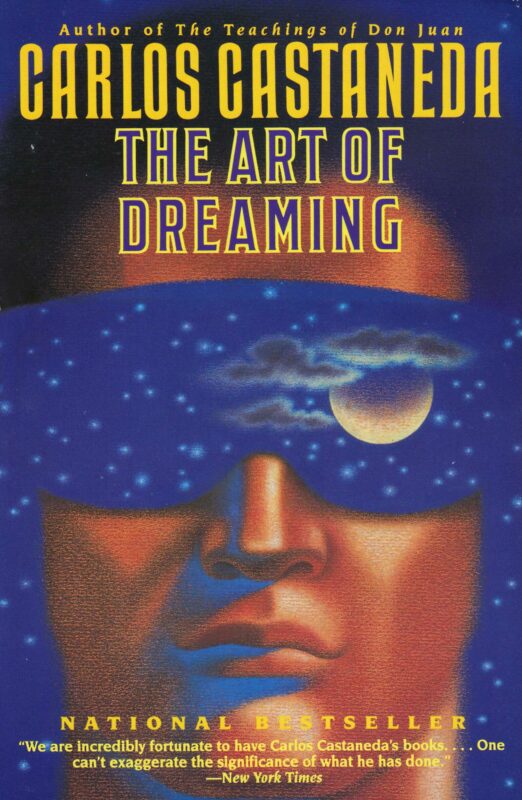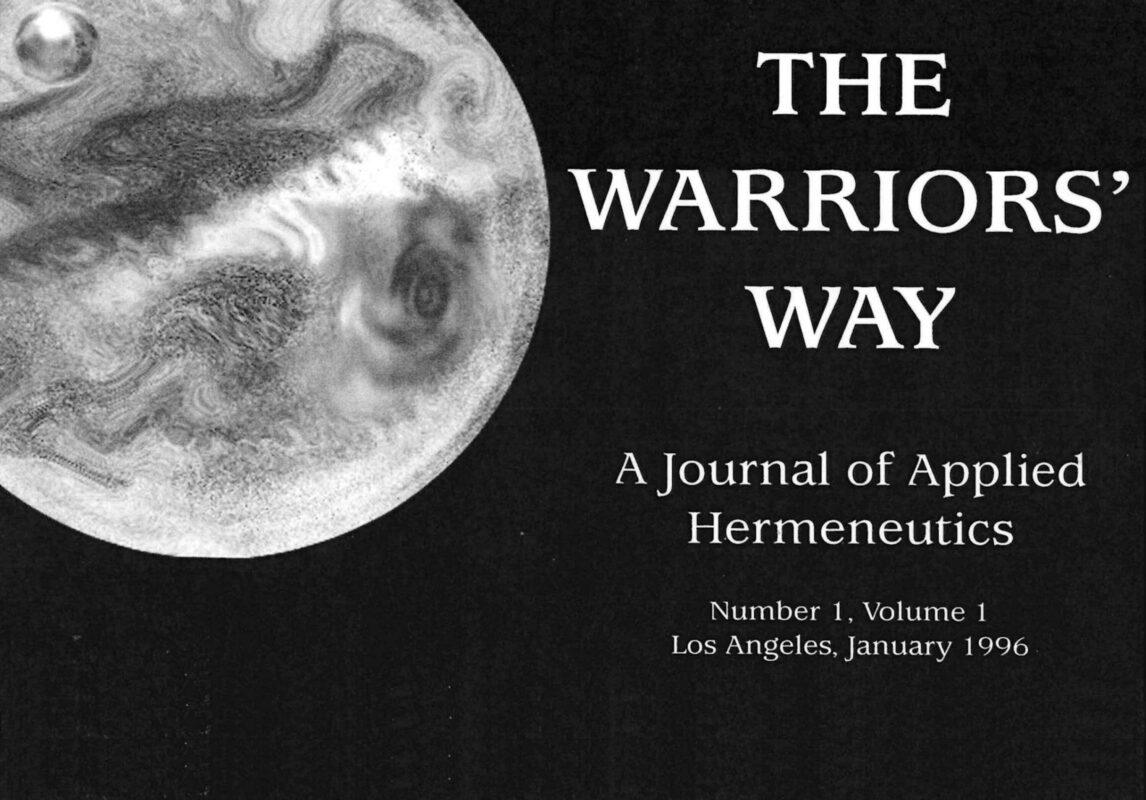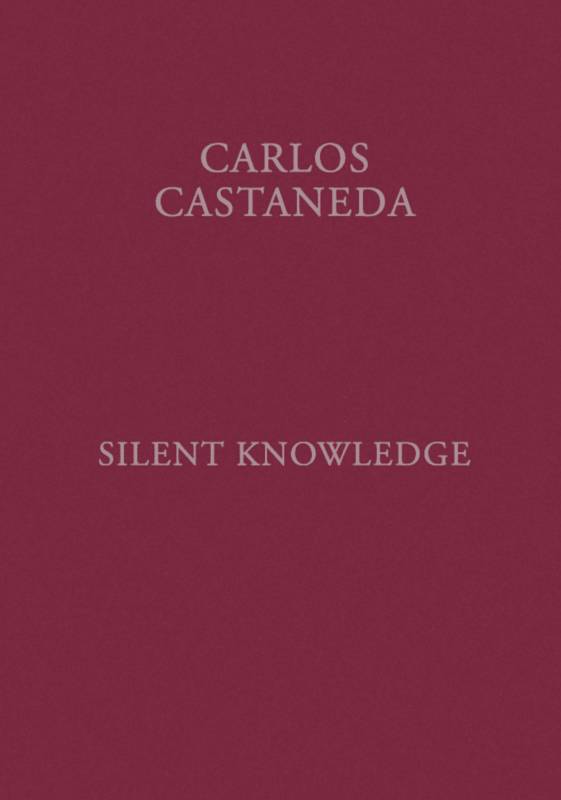The Blue Scout – The Art of Dreaming
Following a perilous dream experience, Carlos Castaneda wakes up severely depleted of energy in don Juan’s home, discovering he was pulled out of the inorganic beings’ world. His companions, especially Florinda Grau, explain his “energetic wounding” and how he became “charged again” but with a disturbing new energy. Don Juan eventually reveals that Castaneda’s physical body was abducted by inorganic beings after his energy body entered their realm to free the **blue scout**. Don Juan, along with Carol Tiggs and others, intervened to rescue him by displacing their assemblage points. The chapter highlights the unprecedented nature of this event within their lineage and the grave implications for Castaneda’s future, as he is now tasked with freeing the scout, a challenge don Juan suggests he can resolve by consulting the emissary.



